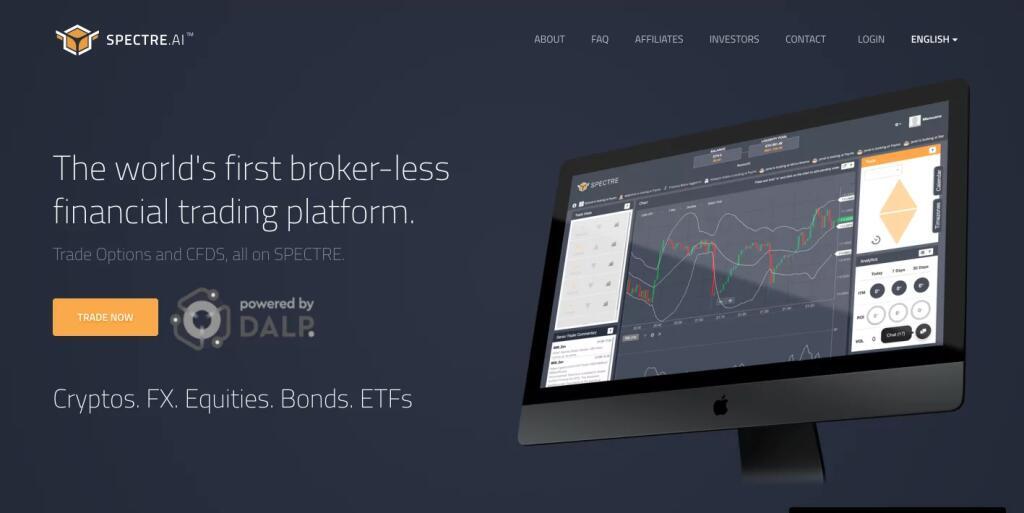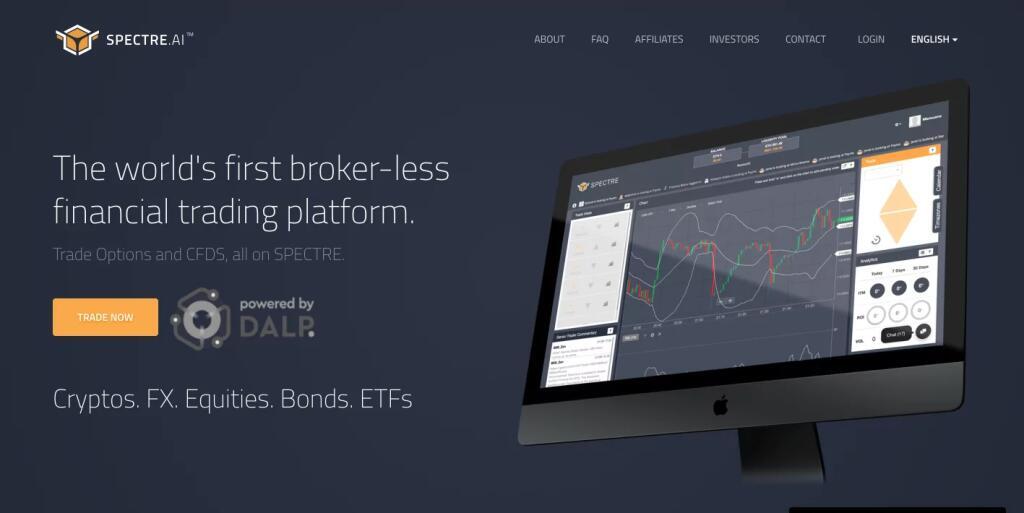How to Use Stochastic Indicator in Forex Trading? FBS Broker

For beginner traders, check the step-by-step explanation using the example of the Bollinger Bands indicator here. The stochastic oscillator indicator was invented in 1950 by American stock analyst George Lane. If the oscillator moves above 50, the instrument trades within the upper portion of the trading range, with bulls dominating the market. On the contrary, if the oscillator moves below 50, the instrument trades in the lower portion of the trading range, with bears dominating the market.

The Stochastic Oscillator is above 50 when the close is in the upper half of the range and below 50 when the close is in the lower half. Low readings (below 20) indicate that price is near its low for the given time period. High readings (above 80) indicate that price is near its high for the given time period. The IBM example above shows three 14-day ranges (yellow areas) with the closing price at the end of the period (red dotted) line.
Best Stochastic Oscillator Settings
It’s recommended to buy when the curve exits the oversold area crossing the 20% line bottom-up. A %K line curve crosses the %D one downwards at a price range, slightly above 80%. Therefore, analyzing the behavior of the stochastic lines, we can open a short position near the close price of the https://investmentsanalysis.info/ candlestick where the cross happened. Below I will show how to use the stochastic oscillator by spotting the overbought and oversold conditions on the EURUSD chart. In the case we trade forex, like the price chart above, the numbers can correspond to five signals of the stochastic oscillator.
What is the best stochastic RSI setting for a 1 minute chart?
The best RSI settings for a 1-minute chart will depend on the trader's preferred trading style and market conditions. However, a common RSI setting for a 1-minute chart is 14 periods with oversold and overbought levels set to 30 and 70, respectively.
A Libertex demo account allows newbies to gain the experience they need before placing an actual trade, while professional traders can develop strategies with a new indicator. Divergence is an additional option to catch stochastic signals. Put simply, divergence is the difference between the direction of the price chart and the indicator. You can still use other settings that may be more suitable for your trading strategy. For example, you can try 14 or 21 for %K, 3 or 5 for %D, or 3 or 5 for slowing. You want to ensure that any trading system you use that has trading indicators is also thoroughly tested and if based on multiple indicators, that they complement each other.
Drawing Trendlines on Stoch To Plan For Breakouts
Testing a trading system and each variable is hard and tedious work. Remember one of the key elements of a trading plan is how you manage your trades and the risk you will take. Those are as crucial, if not more so than what setups you use for your trades. When you add in a confluence of factors including price structures, you improve your odds of some movement in your favor. Nothing is perfect so having a trading plan that includes risk tolerance and trade management is extremely vital. The first green area shows the Stochastic pointing to the downside.
- A 14-period %K would use the most recent close, the highest high over the last 14 periods and the lowest low over the last 14 periods.
- You can see this happen at the October low, where the blue rectangle highlights bullish crossovers on all three versions of the indicator.
- Minimum periods of %K and smoothing lines are ideal for the 5-minute chart.
- Profit is gained due to narrow stop-losses and plenty of trades, but most of them should be profitable.
- 14 and 3 are considered the standard settings for this type of oscillator.
In order to determine the prevailing trend on the market, I’ve added a 200-period exponential moving average. A 50-level crossover of the Stochastic indicator could be a solution, but only in combination with another indicator. By combining it with other tools, we Best settings for stochastic oscillator will avoid getting whipsawed by the market. As you can see, 3 bearish hidden divergences occurred during this period, signaling that bears were in strong positions to enter the market. The Stochastic oscillator is an excellent tool for spotting hidden divergences.
Parabolic SAR Indicator: Formula, Best Settings & Strategies
Maybe the most elegant approach is to look for price/oscillator divergences. A divergence occurs when price action differs from the action of the Stochastics indicator. A bear set-up occurs when the security forms a higher low, but the Stochastic Oscillator forms a lower low. Even though the stock held above its prior low, the lower low in the Stochastic Oscillator shows increasing downside momentum. The next advance is expected to result in an important peak. Chart 9 shows Motorola (MOT) with a bear set-up in November 2009.
When an increasing %K line crosses above the %D line in an oversold region, it is generating a buy signal. When a decreasing %K line crosses below the %D line in an overbought region, this is a sell signal. These signals tend to be more reliable in a range-bound market. The stochastic crossover is another popular strategy used by traders.
Combining the Stochastic with other tools
We’ll consider a trading strategy you can use if you haven’t created your own yet. Still, it’s worth thinking about your strategy, as it’s always better to pick up the conditions that will work for you. The stochastic oscillator has the points 20 and 80 that determine oversold and overbought conditions, respectively.

What are ideal stochastic settings?
The default settings are 5, 3, 3. Other commonly used settings for Stochastic include 14, 3, 3, and 21, 5, 5. Stochastic is often referred to as Fast Stochastic with a setting of 5, 4, Slow Stochastic with a setting of 14, 3, and Full Stochastic with a setting of 14, 3, 3.
